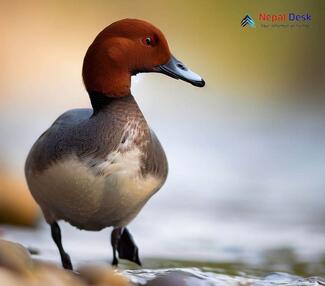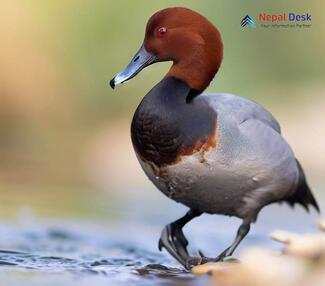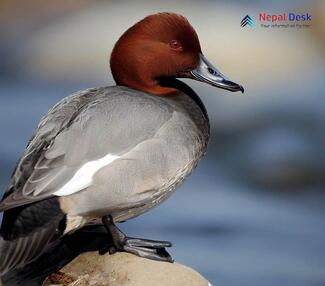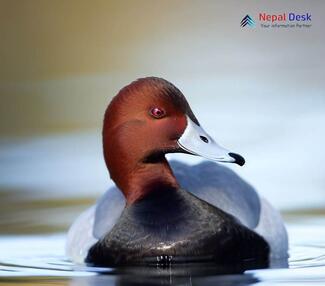Tucked away in the breathtaking landscapes of South Asia, Nepal is renowned for its bountiful wildlife and thriving bird populations. Among its many avian residents, the Common Pochard (Aythya ferina) has captured the hearts of local bird lovers and visitors from across the globe. The name combines Greek and Latin origins, with "aithuia" referring to an enigmatic seabird mentioned by ancient writers like Hesychius and Aristotle. "Ferina," meaning "wild game," is derived from the Latin word "ferus" or "wild." Intriguingly, Pochards share a close resemblance with their North American cousins, the redhead and canvasback ducks.
Introducing the Common Pochard
The Common Pochard is a medium-sized diving duck known for its striking appearance. Males sport an eye-catching redhead, black breast and tail, and a greyish body that shimmers under sunlight. In contrast, females have a subtler brown plumage but maintain an elegance and poise that makes them fascinating to watch. These birds flourish in various wetland habitats throughout Eurasia and Africa, including shallow lakes, swamps, and marshes.
Spotting Pochards in Nepal
In Nepal, sightings of the Common Pochard usually occur during winter months when they migrate from their northern breeding grounds. Top places to find these ducks include Koshi Tappu Wildlife Reserve, Chitwan National Park, Rara Lake, and Phewa Lake in Pokhara. These protected areas offer outstanding bird-watching opportunities for not only the Common Pochard but also hundreds of other bird species that call Nepal home or pass through during migration.
Protecting Our Feathered Friends
Although these water-loving jewels are widespread across their range, recent population declines have raised concerns about their long-term survival. Wetland degradation caused by human activity has led to breeding habitat loss and diminished food resources for the Common Pochard. To tackle these issues, local communities, NGOs, and the Nepalese government have joined forces to encourage habitat conservation and sustainable development practices. By increasing awareness about wetland preservation among locals and tourists alike, there's hope for a brighter future for the Common Pochard and other wetland-dependent species in Nepal.
In conclusion, Nepal is a truly magical destination for birdwatchers all over the world by offering countless opportunities to observe the splendid Common Pochard alongside numerous other bird species. As conservation awareness continues to expand, so do the prospects of ensuring that these lovely birds will adorn Nepal's skies and waters for future generations.




